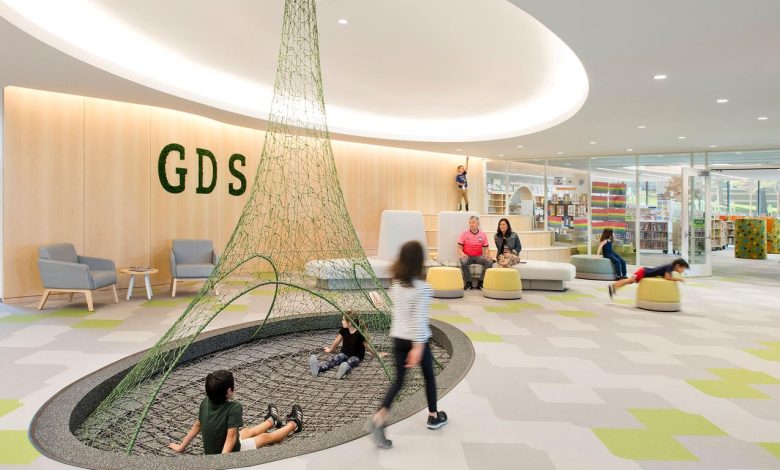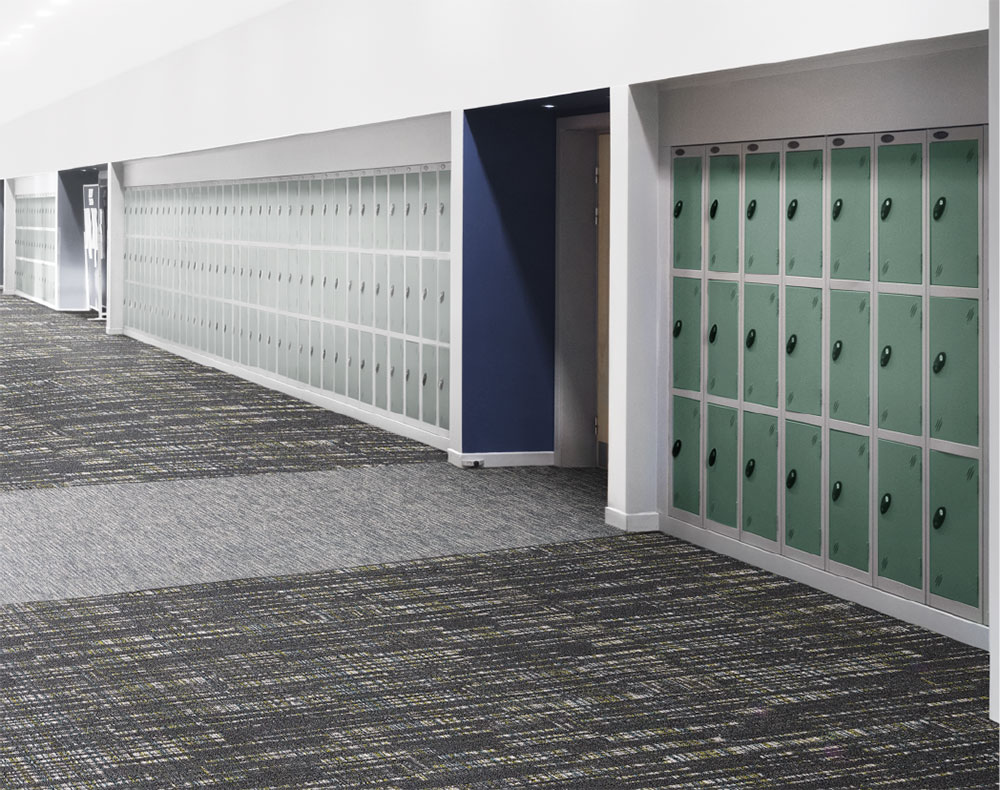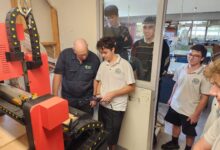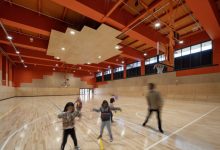Safe, good looking floors
From keeping classrooms germ free to improving acoustics, & providing a fun and engaging learning environment, flooring choice is important.

The cooler months make ensuring floor safety and aesthetics a greater challenge as surfaces become wet and dirty.
Muddy, wet floor creates a safety hazard with the risk of slips and falls for students, teachers, and parents. Airborne allergens and illness can also wreak havoc on schools during the cooler months. Choosing the correct flooring provides additional protection.
Read the Term 2 edition of School News HERE
A recent study by independent biomedical research group Airmid Healthgroup found that “effectively cleaned carpets can trap allergens and other particles, resulting in fewer particles escaping into the air. These studies challenge the long-held belief that carpet must adversely impact indoor air quality as it pertains to asthma and allergy sufferers,” researcher Bruce Mitchell said.
“Effectively cleaned carpets have the capacity to trap allergen and microbial particles, making these particles less available to become airborne and thus maintaining indoor air quality. This makes regularly cleaned carpet a choice for those impacted by asthma and allergies.”
When it comes to selecting the correct flooring for a school environment, the key focus is enhancing the learning experience for students. Noise from shoes and chairs scraping on the floor can make it difficult for students to hear the teacher’s instructions and concentrate in class.

A UK study of 2000 school-aged children, aged 7 to 10, confirmed noise levels influence children’s performance, adversely affect national test results and can have lifetime consequences. To help counteract this, carpet has been found to absorb up to 10 times the amount of noise as hard flooring- leading to a better learning environment for both teachers and students.
To find out more about flooring trends in schools, we spoke to Umesh Dayal, owner/operator of Heritage Carpets.
Mr Dayal said there is a ‘revolution’ in flooring trends. “Education spaces are consciously more inclusive of diverse needs, and are designed with flexibility around the changing requirements and processes of learning. Wellness and neuroaesthetics are becoming commonplace for designers to consider. Learning spaces are incredibly important to promote wellness and inspire learning. Flooring is such a huge piece of that landscape, getting that right is vital.
“Aesthetically, the move is away from bright, distracting and overstimulating colours. Bold colours are still popular, speckled or plain. Varying colours in the same design between spaces or zones helps to support wayfinding,” Mr Dayal said.
“The right backing – one that is free from nasty chemicals–is important. A quality backing will help with durability, acoustics, and under-foot comfort.
“Carpet tiles are the ultimate in practical solutions for high-use areas. They can easily be lifted and replaced if damaged. Using recycled, sustainable, solution-dyed nylons mean they are commercially warranted and extremely hard-wearing. Specific weaves are designed for high traffic and entry areas to grab and hold dirt and dust, keeping the air clean.
To maintain your floor surfaces, Mr Dayal said regular cleaning according to the manufacturer’s instruction is vital. “For soft floors, look for yarns that are bacteria resistant, stain resistant and extremely durable, like 100 percent recycled nylon. This is not only key for longevity, but also for wellness, keeping air quality high and free of contaminants.”









